Art & Exhibitions
“Curating the Whitney Biennial Is Not a Fair and Equitable Process”
Two of the 2014 Whitney Biennial's three co-curators, Anthony Elms and Michelle Grabner, discuss the job's challenges and rewards.
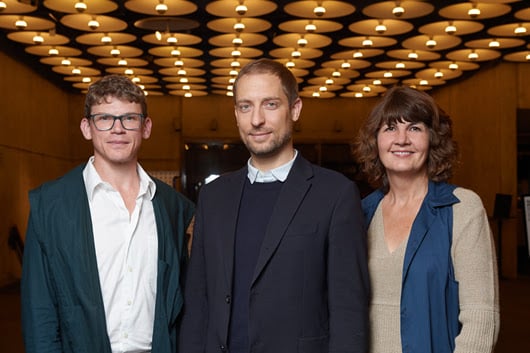
Two of the 2014 Whitney Biennial's three co-curators, Anthony Elms and Michelle Grabner, discuss the job's challenges and rewards.

Cait Munro

On March 7 the 2014 Whitney Biennial, the last to take place in the Whitney Museum’s Marcel Breuer-designed building on Madison Avenue, will open. With 103 artists brought together by three curators working virtually independently of one another — Museum of Modern Art curator Stuart Comer, Institute of Contemporary Art, Philadelphia curator Anthony Elms, and artist Michelle Grabner will each have a floor to themselves — this year’s Biennial is really a three-in-one. We spoke to two of them, Elms and Grabner, about the unique challenges and rewards of curating the Biennial.
What’s new and fresh about this year’s Biennale?
Anthony Elms: It is always new and fresh by structure. It is distinctly unusual this year in that the Whitney chose three outside curators as the team, offering the charge that we each work on our own, and that of the three curators we include one full-time artist and one who still dabbles in making art on the side.
Michelle Grabner: The fact that three curators have developed three Biennials means that curating has become content in the 2014 Whitney Biennial.
What was the biggest thrill of being a Whitney Biennal curator?
M.G: Talking to artists who live and work in places new to me.
A.E: Having more time to spend in artists’ studios and in discussion with artists; followed by the chance to be in constantly evolving conversations with some truly great people at the Whitney and my cohort curators. And finally: working in the Breuer building.
What was the biggest challenge?
M.G: Realizing that curating the Whitney Biennial is not a fair and equitable process.
A.E: Getting done on time and within budget. This show happens fast with thousands of moving parts. It takes the dedication of many talented and amazing people to get this thing to happen every two years. If I didn’t realize that before, I sure do now.
Had you known each other or worked together prior to this?
A.E: I knew of Stuart, had never met him. Knew Michelle. Michelle and I have been involved in some similar publications and spaces, but had not actually worked together.
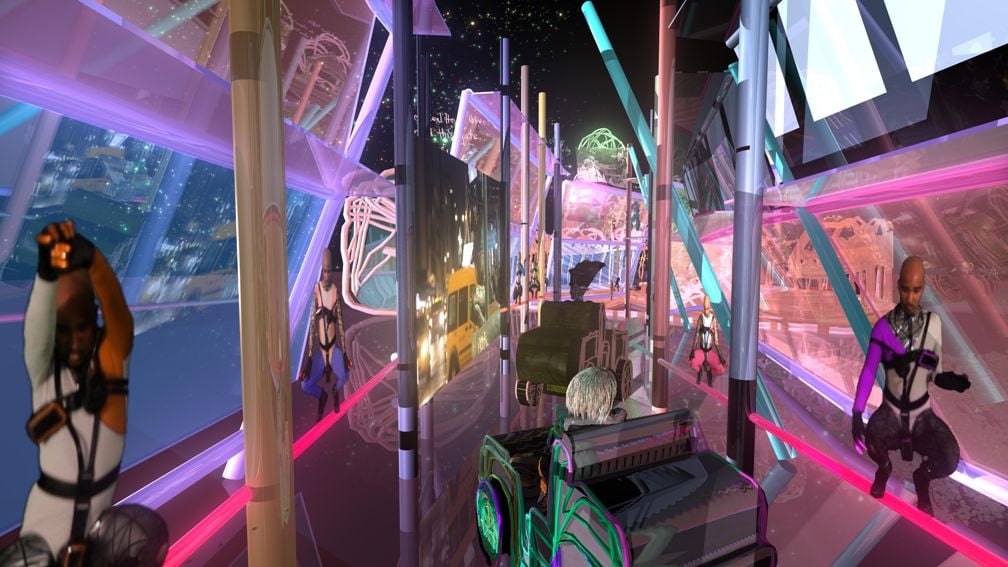
Jacolby Satterwhite, “Transit” Video still from Reifying Desire 6 (2014). HD digital video, color, 3-D animation.
Photo: Courtesy of Monya Rowe Gallery and Mallorca Landings Gallery.
How much collaboration was there between you?
M.G: Very little. We kept each other informed of our process but otherwise I worked with autonomy.
A.E: We mostly went about on our own. We did have general discussions on interests, approaches and desires. Checking in loosely about artists we were interested in, making sure we were not doubling up on studio visits, etc. We did develop our individual selections with knowledge, generally, of where the others were going, but developing our selections on our own terms. We respected each other’s approaches.
It is a mid-size museum. And ultimately it is one exhibition. So we have had to be in quite in-depth discussions on where and how to use the resources of the space. And we have had much discussion on the catalog and other matters that bring the three approaches together.
How different can we expect each floor to feel?
M.G: I am expecting the tone and style of each floor to be welcomingly unique. The work on each floor will have affinities elsewhere but the juxtapositions of analogous work will put forward different contexts.
A.E: Well, we begin installing soon, so time will tell as the actual install develops. At the least there will likely be a difference of density of works, and I do believe that even if there are overlaps of types of work or artists, the particularities will differentiate the floors.
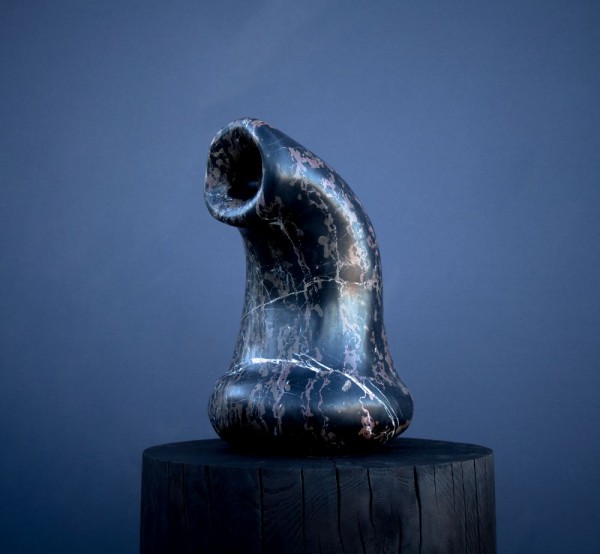
Alma Allen, Untitled (2013). Marble sculpture on an oak pedestal, 25 x 20 x 14 in. (63.5 x 50.8 x 35.6 cm).
Photo: Courtesy of the artist.
Is there a specific work or artist you are especially excited for visitors to see?
M.G: Sheila Hicks is creating a monumental fiber work that will reach up to the ceiling coffers on the fourth floor.
A.E: I don’t like to say one of the artists is my favorite. I am excited to see share what all my artists have in store, and I am very excited to see what Michelle and Stuart have cooked up. Each artist deserves to be attended to equally.
Tell us a bit about the much-discussed decision to include David Foster Wallace’s work in the show. What is your response to critics who feel he does not have a place at a contemporary art exhibition?
M.G: Honestly, I don’t care what critics think about the inclusion of DFW in the 2014 Whitney Biennial. His notebooks are direct equivalents to artists’ sketchbooks, yet, like most artists, his insights into selfhood and brilliant interrogation of language is exceptional and profoundly of our time.
A.E: Is it much discussed? Only one person has asked me about the inclusion. I did not choose and cannot address directly the reason, but I always support expanding the borders of what is considered acceptable for an institution.
We noticed more artist collectives and collaborations on the list than ever before. Was that a conscious decision? If so, why?
M.G: It was not a conscious decision on my part, perhaps Anthony and Stuart think differently about this. However authorship has never been more slippery and collectivity reflects this condition.
A.E: Because this is the way many artists are working and showing today.
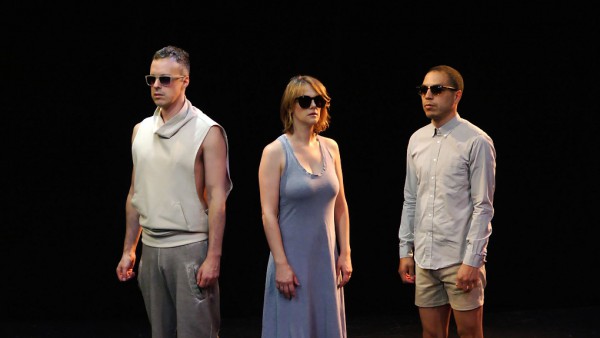
My Barbarian (Malik Gaines, Jade Gordon, and Alexandro Segade) still from Universal Declaration of Infantile Anxiety Situations Reflected in the Creative Impulse (2013). Video, color, sound, 30 minutes.
Photo: Collection of the artist; courtesy Susanne Vielmetter Los Angeles Projects. Copyright My Barbarian.
The number of artists included this year has almost doubled from 2012. What might the impact of that be?
M.G: I did include a large number of artists. That reflects my decision to build a Biennial that will feature a greater range of artists. However that also means that each artist I selected will be represented by fewer examples of their work. Anthony and Stuart made different choices.
A.E: More paths to explore.
What would make this Biennial a success in your eyes?
M.G: That artists will come to understand that curating is wholly subjective, even when it comes to Biennial conceits.
A.E: If people pay attention to what is offered, if more artists are given their due, if time is spent on the efforts of the 103 artists, and if the works on view and the catalogue materials offer food for thoughtful discussion.
Will your parents and family come to see the show?
M.G: It will be my parents’ first trip to NYC. I am flying in my two sons who are at colleges in Wisconsin. My nine-year-old daughter and my husband will also join me for the opening.
The 2014 Whitney Biennial runs March 7-May 25.
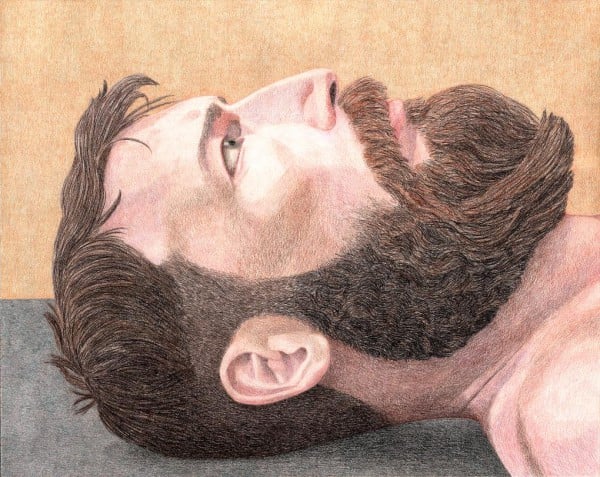
Elijah Burgher, Portrait of Jhon Balance as Talisman Against Suicide (2013). Colored pencil on paper, 19 x 24 in. (48.2 x 61.0 cm).
Photo: Collection of the artist and Western Exhibitions, Chicago. © Elijah Burgher. Courtesy of the artist and Western Exhibitions, Chicago.